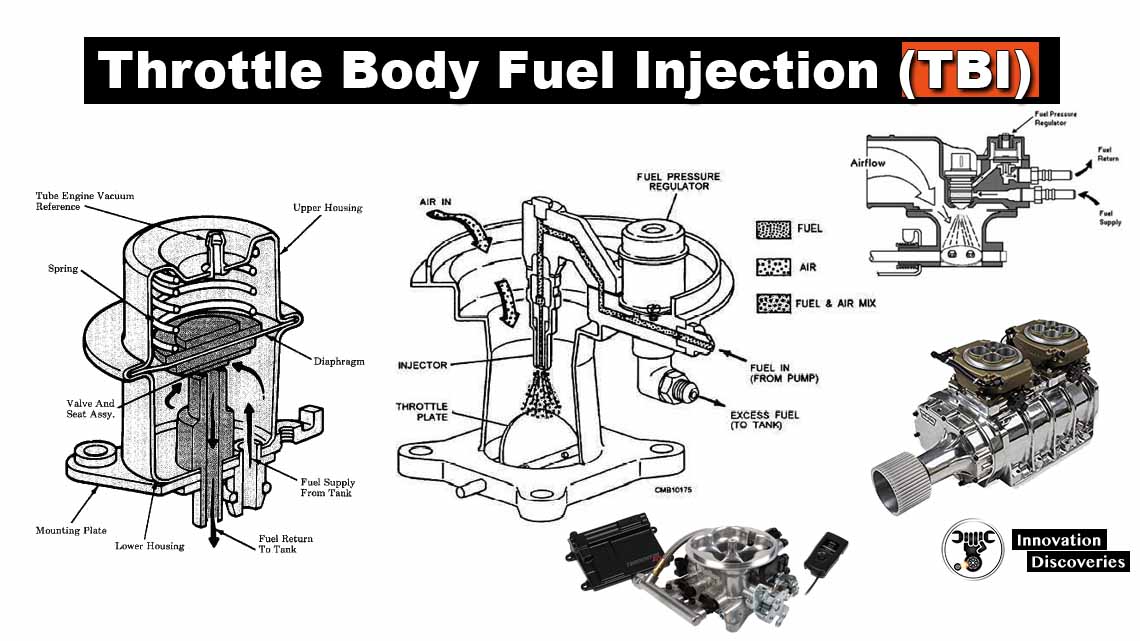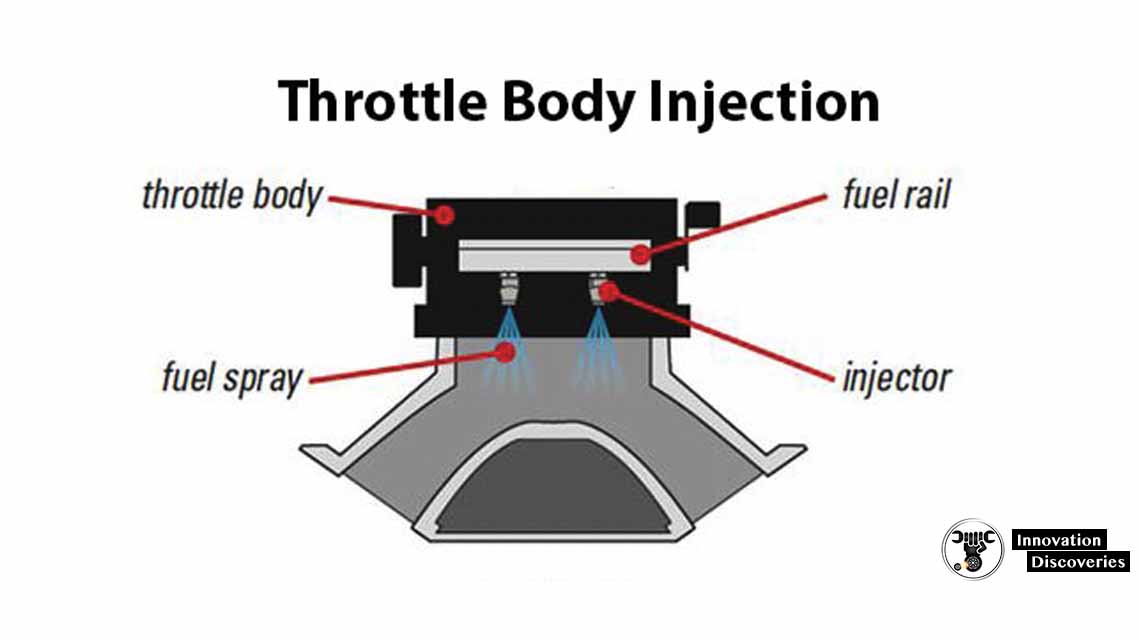
Throttle body fuel injection (TBI) is a fuel delivery system used in internal combustion engines. It represents a bridge between carburetors and modern fuel injection systems. In this article, we’ll delve into the mechanics of TBI, its benefits, and how it compares to other fuel delivery systems.
What is Throttle Body Fuel Injection?
Throttle body fuel injection, also known as single-point injection, is a type of fuel injection system that delivers fuel into the throttle body. The throttle body controls the amount of air entering the engine, and in a TBI system, it also manages the fuel.
This method injects fuel directly into the intake manifold, where it mixes with air before entering the combustion chamber.
How Does TBI Work?
TBI operates by using one or two fuel injectors mounted in the throttle body. Here’s a step-by-step breakdown of the process:
- Air Intake: When you press the accelerator, the throttle plate in the throttle body opens, allowing air to enter the intake manifold.
- Fuel Injection: The engine control unit (ECU) signals the fuel injectors to spray fuel into the throttle body. The amount of fuel injected depends on the air intake and other parameters like engine temperature and speed.
- Air-Fuel Mixture: The fuel mixes with the incoming air in the intake manifold.
- Combustion: The air-fuel mixture is then drawn into the engine cylinders, where it is compressed and ignited, producing power.

See More:
- Basic Explanation of how a 2-stroke engine and carburetor work together
- Carburetor Vs Fuel Injection: Which One Is The Better Option?
- Adjusting a SU carburetor
- How variable-jet carburetors work
Benefits of Throttle Body Fuel Injection
Simplicity and Cost-Effectiveness
TBI systems are relatively simple compared to multi-point fuel injection (MPFI) systems. They use fewer components, making them easier to manufacture and maintain. This simplicity translates into lower costs, both in terms of initial investment and ongoing maintenance.
Improved Fuel Distribution
Compared to carburetors, TBI offers more precise fuel delivery. The ECU continuously adjusts the fuel injection based on real-time data from various sensors, ensuring an optimal air-fuel ratio. This leads to better fuel distribution and combustion efficiency.
Enhanced Emissions Control
TBI systems contribute to better emissions control. The precise fuel metering reduces the amount of unburned fuel in the exhaust, lowering harmful emissions. This makes vehicles equipped with TBI more environmentally friendly than those with carburetors.
Reliability
Throttle body fuel injection systems are known for their reliability. With fewer moving parts and electronic controls, they are less prone to mechanical failures. This reliability makes TBI a popular choice for many vehicle manufacturers.
TBI vs. Other Fuel Injection Systems
TBI vs. Carburetors
While carburetors were the standard for many years, they have several drawbacks compared to TBI:
- Precision: Carburetors are less precise in fuel metering, leading to inefficiencies and higher emissions.
- Maintenance: Carburetors require regular adjustments and maintenance, whereas TBI systems are more self-regulating.
- Performance: TBI provides smoother and more responsive engine performance, especially in varying driving conditions.
TBI vs. Multi-Point Fuel Injection (MPFI)
Multi-point fuel injection (MPFI) systems are more advanced than TBI, offering several advantages:
- Fuel Efficiency: MPFI systems inject fuel directly into each cylinder’s intake port, providing more precise fuel delivery and better fuel efficiency.
- Performance: MPFI allows for better control over the air-fuel mixture in each cylinder, resulting in improved engine performance.
- Emissions: MPFI systems are even more effective in controlling emissions due to their precise fuel metering.
However, MPFI systems are more complex and expensive than TBI, making TBI a more cost-effective solution for certain applications.
Conclusion
Throttle body fuel injection is a significant advancement over carburetors, offering better fuel efficiency, lower emissions, and improved engine performance.
While it may not match the precision of multi-point fuel injection systems, its simplicity, reliability, and cost-effectiveness make it a viable option for many vehicles. Understanding the workings and benefits of TBI can help you appreciate its role in the evolution of automotive fuel delivery systems.


5 Comments